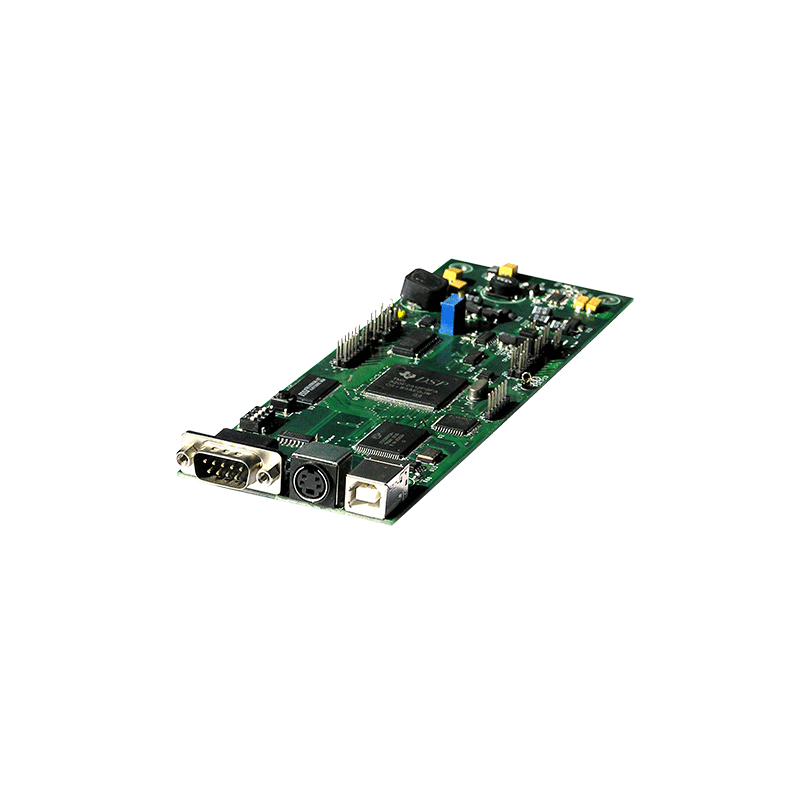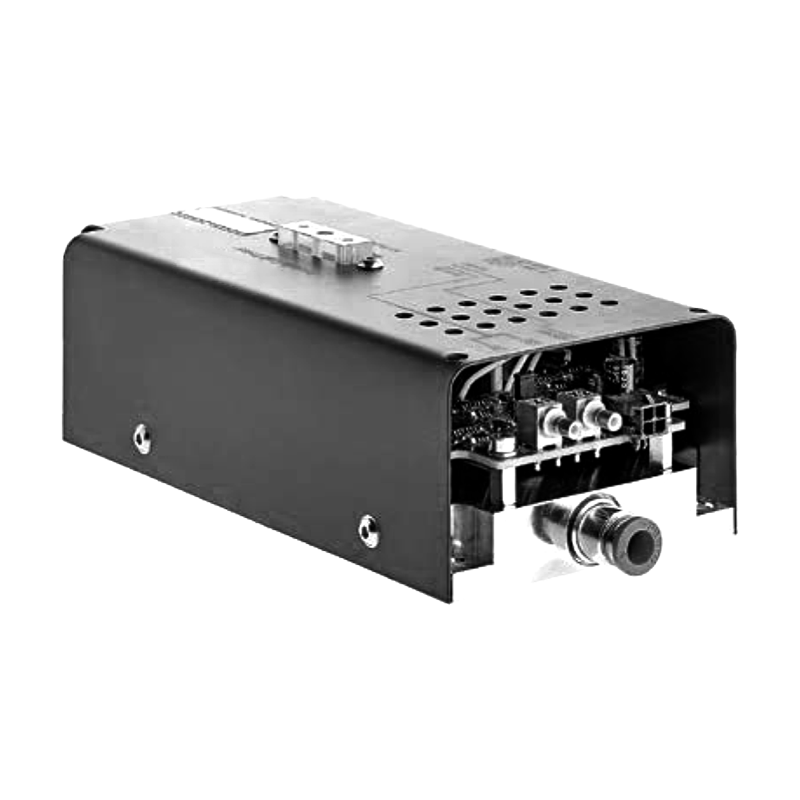Control Logic of Positive Negative Switching High Voltage Power Supplies
In many modern technological application scenarios, such as material surface treatment, bio electrical experiments, semiconductor manufacturing, and other fields, positive negative switching high voltage power supplies play an indispensable role. This type of power supply can flexibly switch the polarity of the output voltage according to actual needs, providing diverse power supply support for related processes and experiments. The accuracy and reliability of its control logic directly affect the performance of the entire system.
The core of the control logic of positive negative switching high voltage power supplies lies in achieving precise control and rapid switching of the output voltage polarity. This process mainly covers several key links. First is the signal detection link. Various sensors are used to monitor the input command signals and the voltage, current, and other status signals at the power supply output terminal in real time. For example, in the material surface treatment process, the control system needs to detect the input control signals according to the preset treatment process and material characteristics, and clarify the required voltage polarity and amplitude. At the same time, it monitors the output voltage and current values of the power supply in real time to provide timely feedback on the working status of the power supply.
The signal processing link follows closely. The original signals detected are often complex and need to go through a series of signal conditioning and operation processing. This usually involves operations such as filtering, amplification, and analog to digital conversion, converting analog signals into digital signals for subsequent data processing by a microprocessor or digital signal processor (DSP). The processor will analyze the processed signals according to the preset algorithms inside, judge whether the current working status of the power supply meets the expectations, and whether a voltage polarity switch is required.
The switching decision making link is a crucial part of the control logic. Based on the results of signal processing, the processor will make switching decisions according to the established control strategy. If the current output voltage polarity does not match the requirements, the processor will quickly generate corresponding control commands to trigger the switching action. For example, in bio electrical experiments, to simulate different bio electrical environments, it may be necessary to frequently switch the positive and negative polarities of the power supply output. At this time, the processor will issue switching commands in a timely manner according to the time intervals and polarity requirements set in the experimental program.
Finally, there is the drive execution link. After the switching command is generated, the signal is amplified through the drive circuit to drive the power switch devices to act, realizing the switching of the output voltage polarity of the power supply. Common power switch devices such as insulated gate bipolar transistors (IGBTs) or metal oxide semiconductor field effect transistors (MOSFETs) change the connection mode of the circuit rapidly under the control of the drive signal, thus changing the polarity of the output voltage.
However, the control logic of positive negative switching high voltage power supplies faces many challenges in practical applications. For example, problems such as voltage overshoot and current spikes may occur during the rapid switching process, affecting the stability and lifespan of the power supply and load equipment. To address these challenges, the control logic usually integrates over voltage and over current protection mechanisms. When abnormal signals are detected, it will quickly take protective measures, such as reducing the output voltage and turning off the power switch. At the same time, advanced soft switching technologies are adopted to reduce energy consumption and electromagnetic interference during the switching process.
In conclusion, the control logic of positive negative switching high voltage power supplies is a complex and precise system. It realizes the flexible switching of voltage polarity through the coordinated work of links such as signal detection, processing, switching decision making, and drive execution. With the continuous progress of technology, this control logic will continue to be optimized, providing more stable and efficient power supply solutions for the development of more fields.




















